Top 10 Retail Trends for 2025
Retail never stands still. The way we shop is evolving at lightning speed, shaped by new technology, shifting habits, and changing expectations. Whether it’s the growing love for athleisure or the rising demand for sustainable
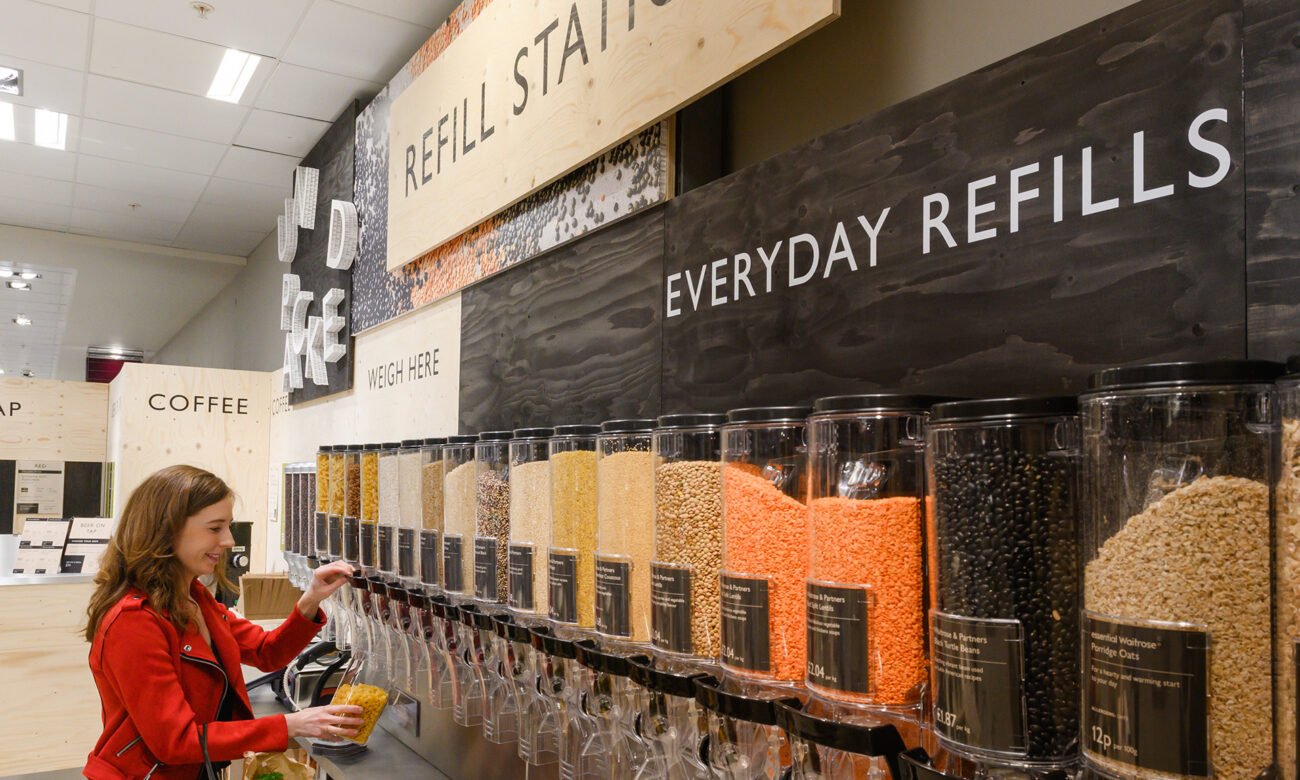
Retail never stands still. The way we shop is evolving at lightning speed, shaped by new technology, shifting habits, and changing expectations. Whether it’s the growing love for athleisure or the rising demand for sustainable choices, retailers need to keep pace.
So, what’s next? Here are ten trends shaping the future of shopping in 2025.
1. The Best of Both Worlds: Hybrid Shopping
The way we shop isn’t an either-or situation anymore. Online shopping brings unmatched convenience, but there’s something special about an in-store experience: touching fabrics, trying on shoes, or simply enjoying a browse. While 59% of global shoppers prefer the ease of online shopping, a significant 41% still enjoy the physical retail experience. And surprisingly, Gen Z, often considered digital natives, are leading the charge back into stores. They see in-person shopping as a social activity, a way to discover new brands, and even a chance to create content for their social feeds.
For retailers, the challenge is creating seamless omnichannel experiences that blend the digital and physical worlds. Click-and-collect services, virtual try-ons, and in-store experiences that feel just as engaging as online shopping will define the future of retail. Those who can offer the best of both worlds will be the ones that win.
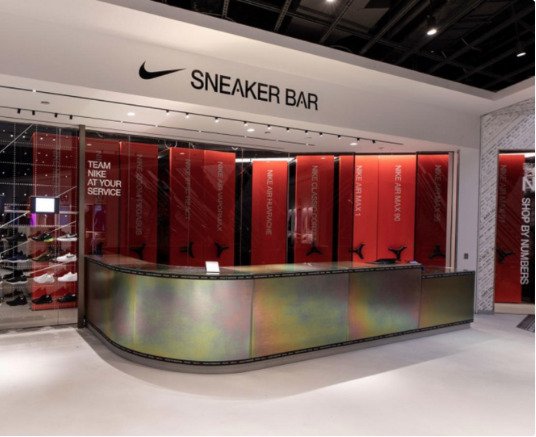
2. Fast, Free, and Frictionless Delivery
Today’s shoppers expect fast and free delivery as standard. In fact, 83% of online shoppers in the US say free shipping is a must, and demand for same-day delivery has skyrocketed by 62% since 2020. With so many options at their fingertips, customers will simply take their business elsewhere if the shipping terms aren’t right.
Retailers are responding with hyper-efficient logistics, local fulfillment centers, and partnerships with rapid delivery services. We’re seeing brands experiment with same-day services, instant returns, and even drone delivery trials. The bottom line? The faster and smoother the delivery, the more likely customers are to stay loyal.

3. AI, But Make It Personal
Shopping should feel effortless, and AI is making that a reality. Gone are the days of scrolling through hundreds of products; artificial intelligence is helping brands curate experiences tailored to individual preferences. Think of it as a personal shopper, but digital. Whether it’s suggesting outfits based on past purchases, predicting what beauty products will suit your skin tone, or automating reorders of your favourite snacks, AI is making shopping smarter and more intuitive.
Beyond recommendations, AI is improving customer service, too. Chatbots and virtual assistants are handling queries in real time, while AI-driven analytics help brands anticipate demand and avoid stock shortages. The brands that harness AI effectively will be the ones that create seamless, almost effortless shopping experiences.
4. Retail Media: Ads That Actually Work
Retailers are no longer just selling products; they’re also selling advertising space. Retail media, that is, the practice of brands advertising directly on retailers’ websites and apps, is fast becoming a multi-billion-dollar industry. Why? Because it works. Unlike traditional digital ads, which can feel intrusive, retail media integrates ads into the shopping experience, serving up genuinely useful recommendations.
For shoppers, this means seeing more relevant promotions and product suggestions while browsing. For brands, it’s an opportunity to connect with consumers at the moment they’re ready to buy. Expect more retailers to invest in this space, turning their platforms into high-value advertising channels.
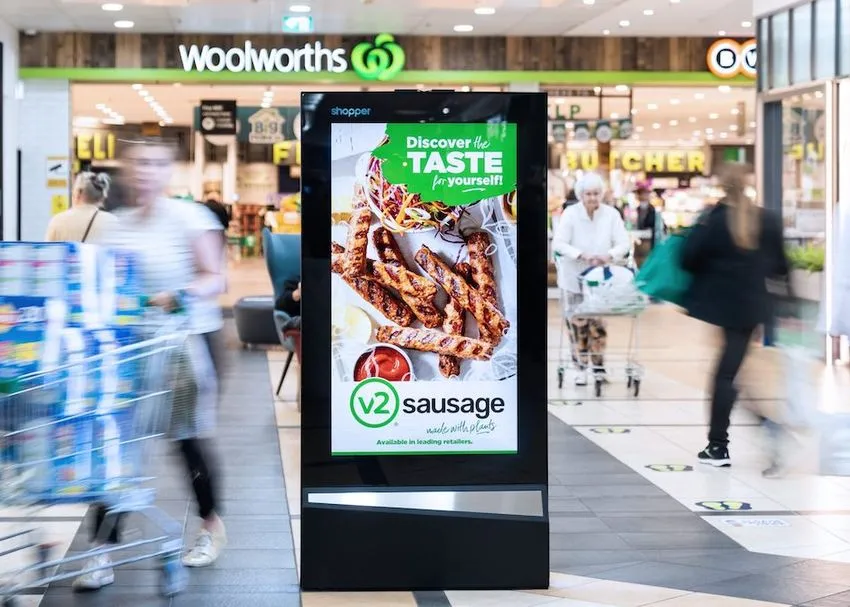
5. Shopping Starts with Inspiration
Before we buy, we browse. Whether it’s scrolling through Instagram for outfit ideas, pinning dream interiors on Pinterest, or watching a TikTok haul, shopping starts long before we reach the checkout. The days of simply listing products online are over; now, retailers need to inspire.
Smart brands are leaning into this shift by creating engaging content that blends seamlessly into people’s social feeds. Live shopping events, influencer partnerships, and user-generated content are becoming essential tools for retailers looking to capture attention and drive sales. The brands that tell great stories (and help shoppers imagine their products in their lives) will be the ones that thrive.
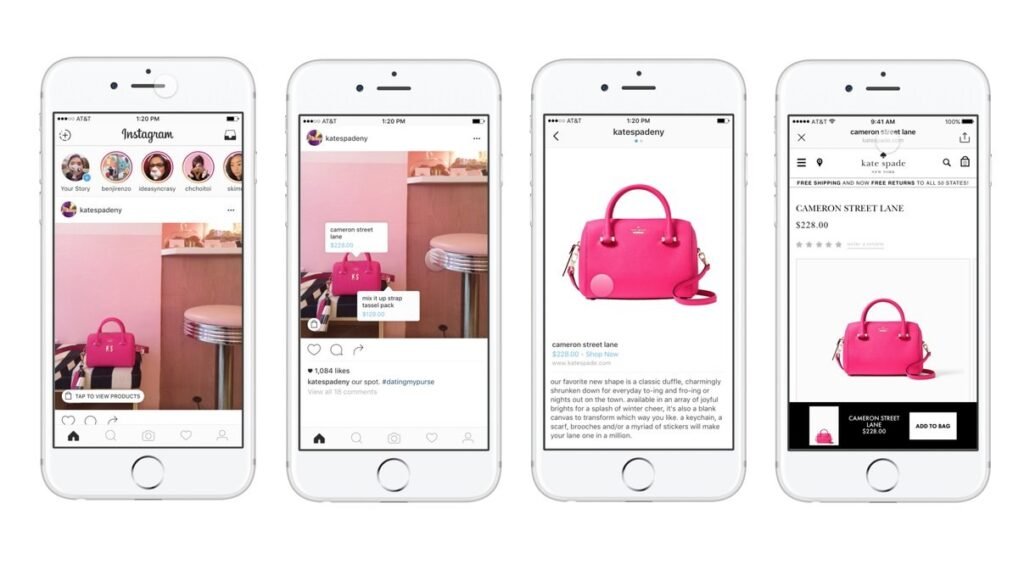
6. Social Media Meets Shopping
Social media isn’t just where we connect; it’s where we shop. With platforms like TikTok, Instagram, and Facebook integrating seamless purchasing options, shopping has become a natural part of the scrolling experience. In fact, nearly 30% of consumers say they’ve discovered new brands through social media ads.
This means retailers need to rethink how they approach online shopping. It’s no longer enough to have a website—your products need to be visible (and shoppable) where consumers are spending their time. The brands winning in social commerce are those making the experience easy, fun, and engaging, turning product discovery into an interactive journey.

7. Athleisure is Here to Stay
What started as a fashion trend has become a lifestyle shift. Athleisure, clothing that blurs the line between sportswear and everyday fashion, isn’t going anywhere. As more people prioritise comfort and wellness, brands are responding with stylish, functional pieces that work just as well for brunch as they do for a workout.
The appeal goes beyond comfort. Sustainability and innovation are now key drivers in athleisure, with brands using eco-friendly materials and designing clothes that adapt to multiple occasions. The lesson for retailers? The modern shopper wants versatility. Clothes that can take them from morning meetings to an evening workout will continue to dominate wardrobes.
8. Shopping, But Smarter
Long queues, out-of-stock items, and slow checkouts? No thanks. Shoppers want efficiency, and retailers are responding with tech-driven solutions that make in-store experiences faster and smoother.
Self-checkouts, smart carts, and even scan-and-go payment systems are transforming the traditional retail experience. Meanwhile, AI-driven stock management is helping stores stay on top of inventory, ensuring shelves are always stocked. The stores that prioritise convenience without losing the personal touch will win shoppers’ loyalty.

9. Sustainability is Non-Negotiable
Eco-conscious shopping isn’t just a trend; it’s the future. More than half of shoppers (57%) say they’re willing to pay extra for sustainable products, and they’re holding brands accountable for their environmental impact. It’s no longer enough for retailers to claim they’re “going green”; shoppers want real action.
This means sustainable sourcing, reduced packaging, ethical production, and clear transparency. Circular fashion, where customers can buy, resell, or recycle clothing, is gaining traction, while refill stations and biodegradable packaging are popping up in beauty and grocery stores. The brands making sustainability part of their core identity will be the ones that stand out.

10. Luxury for Less
Designer handbags, but second-hand. High-end beauty, but dupes. More and more shoppers are looking for ways to enjoy luxury without the hefty price tag. The second-hand luxury market is booming, fueled by resale platforms that make pre-loved designer goods more accessible than ever.
At the same time, high-quality “dupes” are gaining popularity, products that offer the same feel as designer items at a fraction of the cost. This shift reflects a growing demand for value without compromise, proving that modern consumers are both savvy and style-conscious. For brands, this means rethinking pricing strategies and embracing resale as part of the shopping ecosystem.
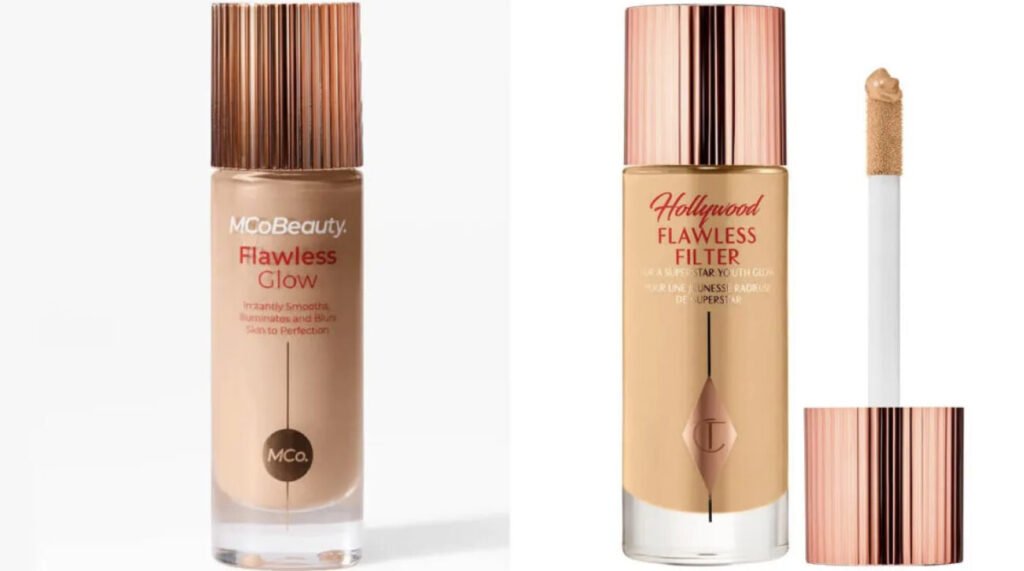
The Bottom Line.
Shopping habits are evolving, and brands that keep up will be the ones that thrive. Whether it’s embracing AI, speeding up delivery, or making sustainability a priority, the future of retail is about listening to what consumers want and delivering it seamlessly. One thing’s for sure: shopping in 2025 is going to be smarter, faster, and more exciting than ever.
 English
English




